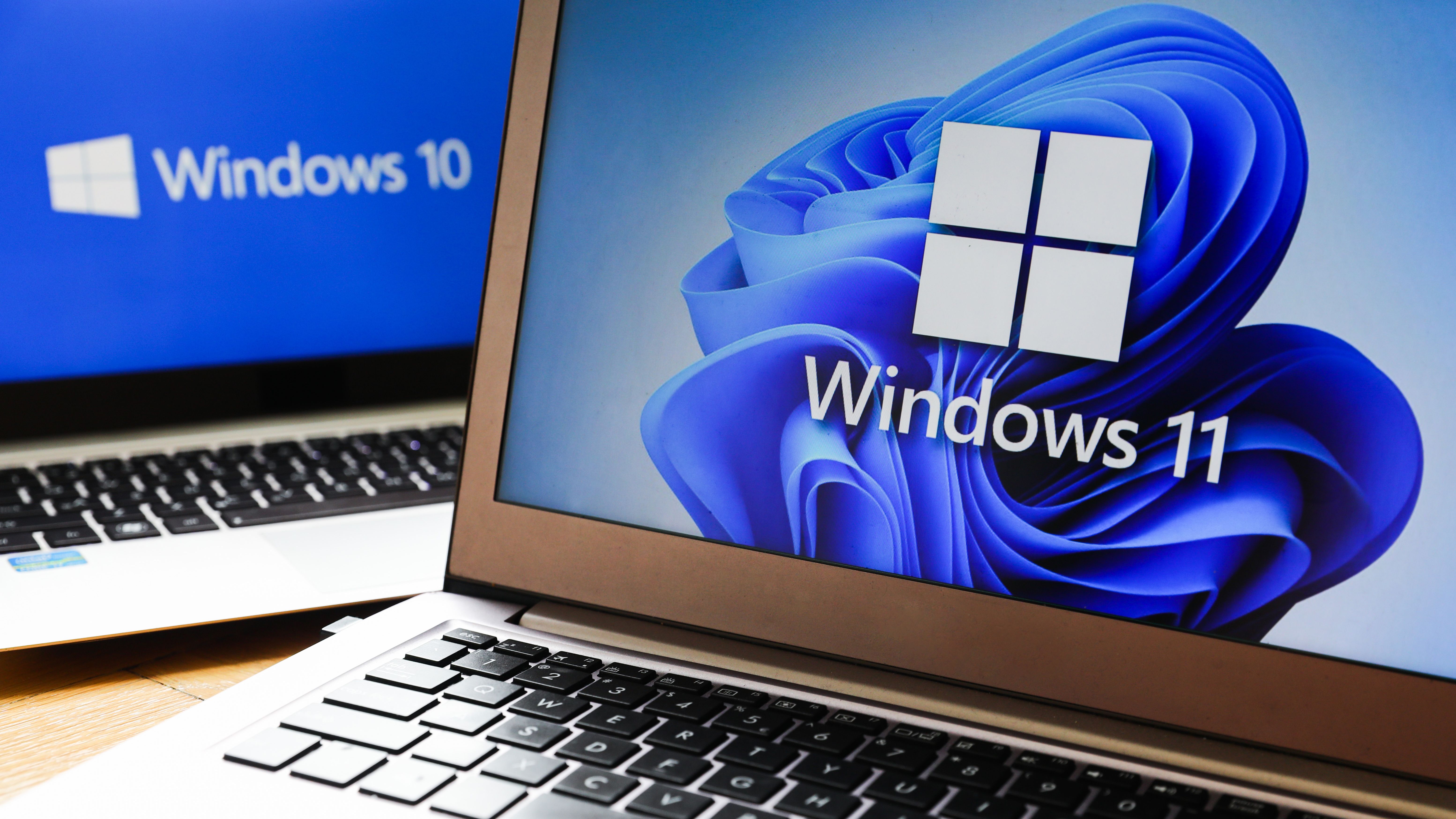Microsoft Patch Tuesday fixes Windows 11 system reset bug
A host of fixes are available to Windows administrators as Microsoft patches three critical RCEs flaws


Microsoft has released this month’s score of patches for Windows security flaws, fixing a bug found in February that prevented some users from erasing all their files after a system reset.
The Windows manual reset option is designed to effectively restore a device to its factory-shipped settings, removing user data. Microsoft published a workaround at the time, but the updates to Windows 11 and Windows 10 released on Tuesday will eliminate the bug, though Microsoft did say it may take up to seven days for the changes to take effect.
A total of 92 vulnerabilities were patched across Windows and other Microsoft products, including three critical-rated remote code execution (RCE) vulnerabilities and three security feature bypass flaws.
Two of the critical-rated flaws affected Video Extensions for advertisements, tracked as CVE-2022-24501 and CVE-2022-22006, and both were able to be exploited to achieve RCE with a ‘low’ attack complexity.
In both cases, an attacker would need to convince a user to download a specially crafted file that would lead to a crash. Successful attackers would also need local access to a victim’s machine, either via its mouse and keyboard or a secure shell connection (SSH).
The other critical flaw, tracked as CVE-2022-23277, is a remote code execution vulnerability in Microsoft Exchange Server with a low degree of attack complexity and low privileges required to exploit. In all three cases, there is no known exploit code available, but patching is still recommended, especially for security vulnerabilities of this severity.
“The vulnerability most likely to raise eyebrows this month is CVE-2022-23277, a Critical RCE affecting Exchange Server,” said Greg Wiseman, lead product manager at Rapid7.
Get the ITPro daily newsletter
Sign up today and you will receive a free copy of our Future Focus 2025 report - the leading guidance on AI, cybersecurity and other IT challenges as per 700+ senior executives
“Thankfully, this is a post-authentication vulnerability, meaning attackers need credentials to exploit it. Although passwords can be obtained via phishing and other means, this one shouldn’t be as rampantly exploited as the deluge of Exchange vulnerabilities we saw throughout 2021. Exchange administrators should still patch as soon as reasonably possible.
A total of 29 RCE vulnerabilities were addressed in Microsoft’s March ‘Patch Tuesday’, and three of the total 92 flaws had been previously disclosed.
RELATED RESOURCE

Successful WAN and security transformation powers the digital enterprise
Applications are delivered in the cloud - security should be too
Of these three previously known issues, both CVE-2022-21990 and CVE-2022-24459, RCE and privilege escalation vulnerabilities respectively, have known proofs-of-concept (PoC) available but no exploitation has been observed in the wild.
The final known vulnerability was an RCE flaw affecting .NET and Visual Studio; this has also now been patched but no PoC code is thought to have been developed, Microsoft said. It would be difficult to exploit this vulnerability alone, and would be more likely used as part of a chained attack, it added.
Other vulnerabilities such as privilege escalation, security feature bypass, information disclosure, denial of service, and spoofing flaws were also found across Microsoft’s products. All updates are available in the Microsoft Update Catalog now.

Connor Jones has been at the forefront of global cyber security news coverage for the past few years, breaking developments on major stories such as LockBit’s ransomware attack on Royal Mail International, and many others. He has also made sporadic appearances on the ITPro Podcast discussing topics from home desk setups all the way to hacking systems using prosthetic limbs. He has a master’s degree in Magazine Journalism from the University of Sheffield, and has previously written for the likes of Red Bull Esports and UNILAD tech during his career that started in 2015.
-
 Asus ZenScreen Fold OLED MQ17QH review
Asus ZenScreen Fold OLED MQ17QH reviewReviews A stunning foldable 17.3in OLED display – but it's too expensive to be anything more than a thrilling tech demo
By Sasha Muller
-
 How the UK MoJ achieved secure networks for prisons and offices with Palo Alto Networks
How the UK MoJ achieved secure networks for prisons and offices with Palo Alto NetworksCase study Adopting zero trust is a necessity when your own users are trying to launch cyber attacks
By Rory Bathgate
-
 Hackers are targeting Ivanti VPN users again – here’s what you need to know
Hackers are targeting Ivanti VPN users again – here’s what you need to knowNews Ivanti has re-patched a security flaw in its Connect Secure VPN appliances that's been exploited by a China-linked espionage group since at least the middle of March.
By Emma Woollacott
-
 Broadcom issues urgent alert over three VMware zero-days
Broadcom issues urgent alert over three VMware zero-daysNews The firm says it has information to suggest all three are being exploited in the wild
By Solomon Klappholz
-
 Nakivo backup flaw still present on some systems months after firms’ ‘silent patch’, researchers claim
Nakivo backup flaw still present on some systems months after firms’ ‘silent patch’, researchers claimNews Over 200 vulnerable Nakivo backup instances have been identified months after the firm silently patched a security flaw.
By Solomon Klappholz
-
 Everything you need to know about the Microsoft Power Pages vulnerability
Everything you need to know about the Microsoft Power Pages vulnerabilityNews A severe Microsoft Power Pages vulnerability has been fixed after cyber criminals were found to have been exploiting unpatched systems in the wild.
By Solomon Klappholz
-
 Vulnerability management complexity is leaving enterprises at serious risk
Vulnerability management complexity is leaving enterprises at serious riskNews Fragmented data and siloed processes mean remediation is taking too long
By Emma Woollacott
-
 A critical Ivanti flaw is being exploited in the wild – here’s what you need to know
A critical Ivanti flaw is being exploited in the wild – here’s what you need to knowNews Cyber criminals are actively exploiting a critical RCE flaw affecting Ivanti Connect Secure appliances
By Solomon Klappholz
-
 Researchers claim an AMD security flaw could let hackers access encrypted data
Researchers claim an AMD security flaw could let hackers access encrypted dataNews Using only a $10 test rig, researchers were able to pull off the badRAM attack
By Solomon Klappholz
-
 A journey to cyber resilience
A journey to cyber resiliencewhitepaper DORA: Ushering in a new era of cyber security
By ITPro